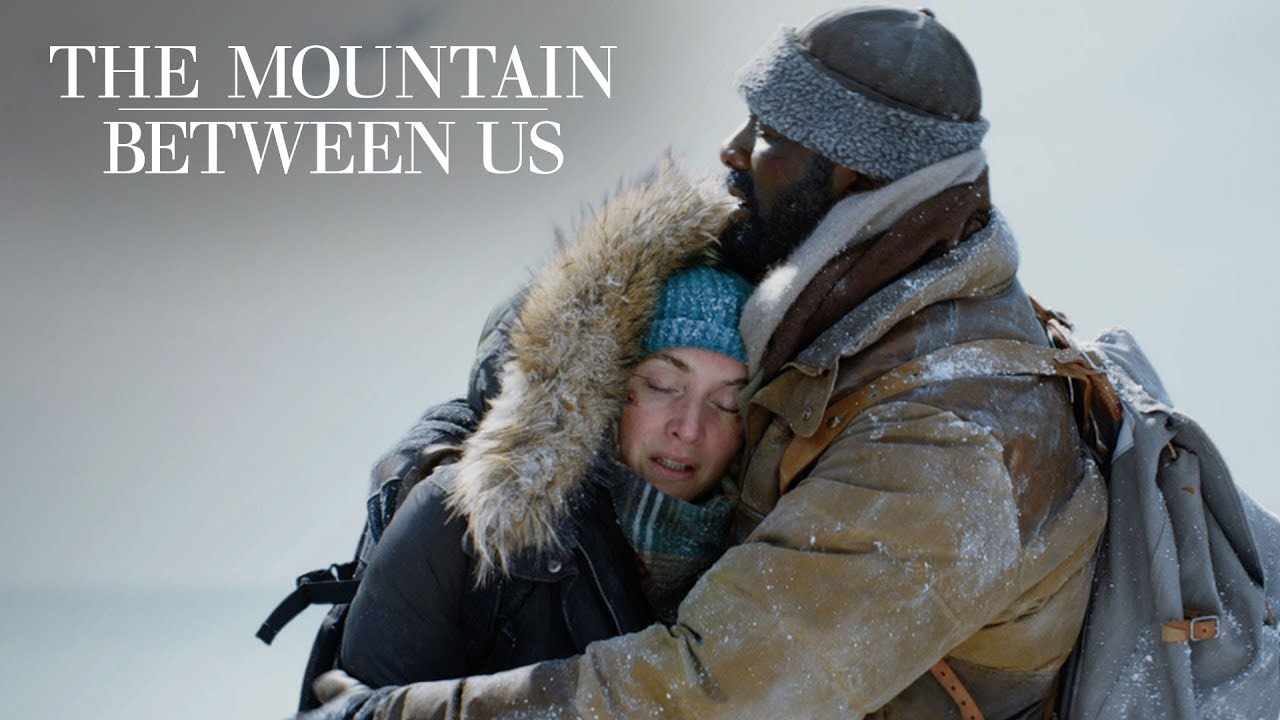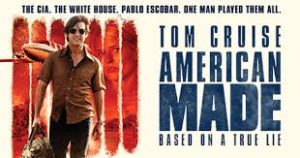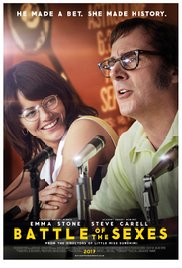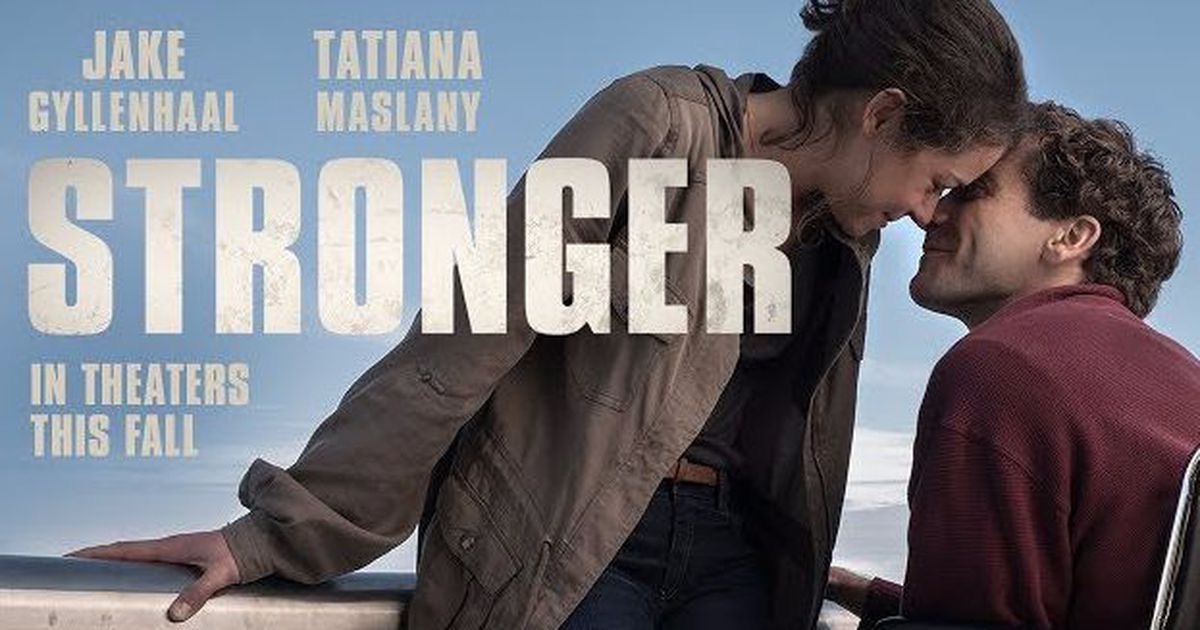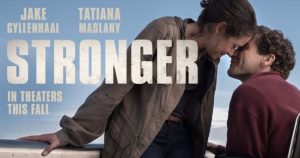The Mountain Between Us
Posted on October 5, 2017 at 5:48 pm
C| Lowest Recommended Age: | High School |
| MPAA Rating: | Rated PG-13 for a scene of sexuality, peril, injury images, and brief strong language |
| Profanity: | Brief strong language |
| Alcohol/ Drugs: | Social drinking |
| Violence/ Scariness: | Extended peril, plane crash, animal attack, characters injured and killed, disturbing scenes |
| Diversity Issues: | Diverse characters |
| Date Released to Theaters: | October 6, 2017 |
| Date Released to DVD: | December 26, 2017 |
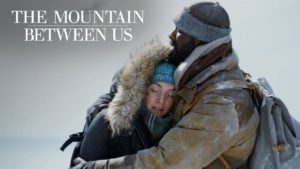
A surgeon named Ben (Idris Elba) and a photojournalist named Alex (Kate Winslet) have to find their way home after a charter plane crashes in the Colorado Rockies. Both of them were stuck at the airport after their flight to Denver was cancelled and both had an urgent need to get to their destinations as quickly as possible. He was scheduled to perform a critical brain operation on a child. She was on her way to her wedding after completing an assignment taking pictures of gang members. So Alex introduces herself to Ben and finds a pilot (Beau Bridges) who agrees to take them. When he tells them he didn’t have to file a flight plan because they were only going to be in the air during daylight, they might have shown some concern. But they were in a hurry. In fact, they were in so much of a hurry that neither one of them told anyone what they were doing either.
So when the pilot has a stroke and the plane crashes at the top of a mountain, no one knows where they are. They have almost no equipment and even less food. They do have the pilot’s dog. Kate is wounded, but Ben handily applies first aid, including a custom made splint fashioned from airplane shrapnel. As she is sleeping, he buries the pilot and assesses their situation.
The location footage is gorgeous and beautifully filmed. But the script, based on the book by Charles Martin, is so soapy you could wash a week’s laundry in it, with much more focus on the artificial differences (despite her injury, she wants to take action while he thinks it is safest to stay where they are) and under-imagined peril. What we want to see is the brave and clever ways they solve the problem of survival. What we get is bickering, hurt feelings, a non-surprising revelation, and a romantic encounter, with a coda that turns the whole adventure into a meet cute. Elba and Winslet don’t have much chemistry, in part because her character is immature and reckless, not nearly as charming as the movie thinks she is. Their conversations are not especially revealing or illuminating for them or for us. What should be an inspiring story becomes a weary slog.
Parents should know that this film includes constant peril, with a scary plane crash in the mountains, animals, ice, deprivation, a bear trap, characters injured and killed, some disturbing images, sexual references and situation, brief strong language
Family discussion: How did Ben and Alex rely on their professional skills in evaluating their options? What were their biggest differences?
If you like this, try: “Touching the Void,” “127 Hours,” and “K2”

